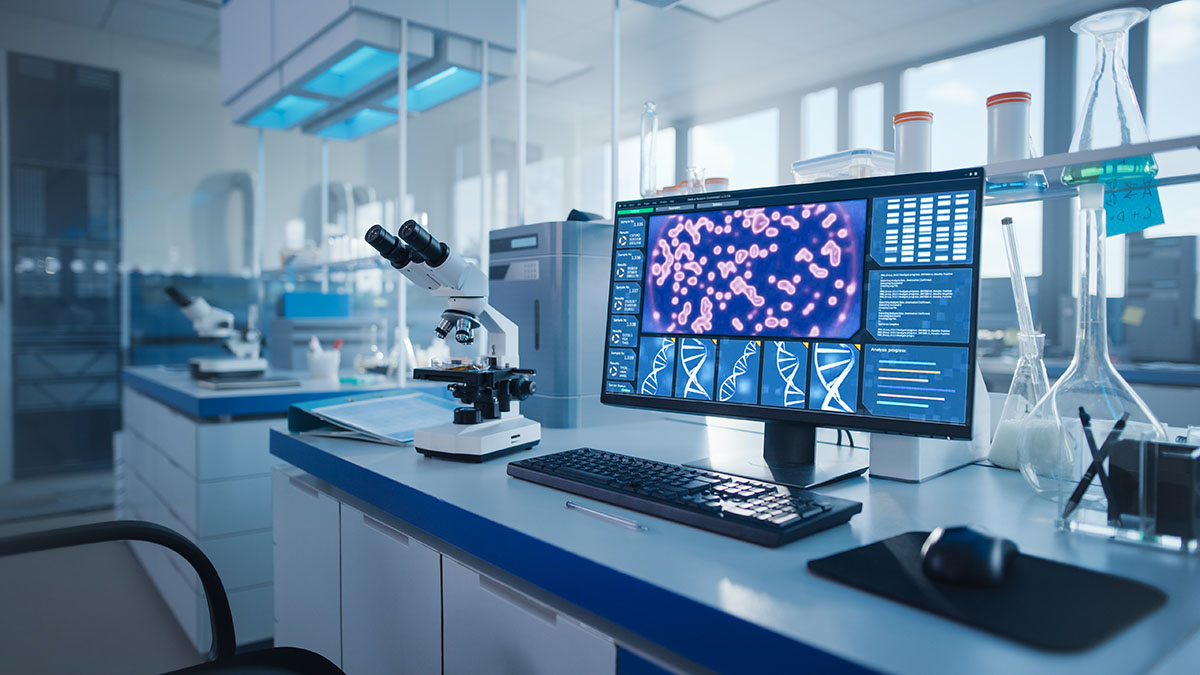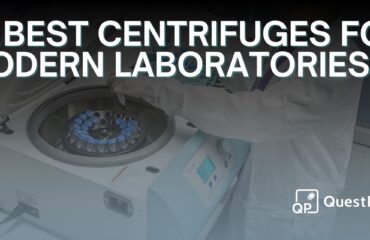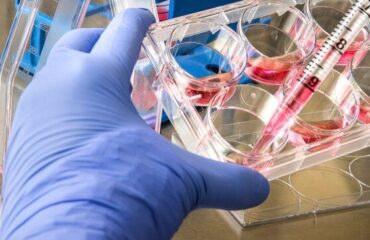As the laboratory equipment industry evolves, 2024 is expected to see substantial advances that promise to transform how laboratories work. As a result of the demands of contemporary science and technology, the industry has responded with trends ranging from automation to sustainability. This blog examines the most recent developments in lab equipment and provides an analysis of the major themes leading the sector into the future.
1. Automation and Robotics: The Rise of the Smart Lab
Laboratory operations are being revolutionized by automation, especially in high-throughput settings where efficiency and precision are critical. Robotics and automated systems working together has changed the game by allowing labs to do repetitive operations like pipetting, sample preparation, and analysis with previously unheard-of accuracy. In addition to lowering human error, automated platforms free up researchers to concentrate on more intricate and innovative areas of their job. As these technologies develop, we should anticipate a time when robotics and artificial intelligence (AI)-powered are the standard in smart labs. (ORDNUR, MedicalExpo e-Magazine)
2. Digital Transformation: The Lab 4.0 Revolution
Another significant development transforming the sector is the digitization of laboratories, commonly referred to as Lab 4.0. Real-time monitoring and control of laboratory processes is becoming more and more reliant on digital solutions that provide improved data management, remote access, and round-the-clock device monitoring. These digital tools facilitate more effective and convenient cooperation by offering a single platform for data sharing, analysis, and gathering. Furthermore, managing the enormous volumes of data produced in contemporary labs is largely dependent on artificial intelligence (AI), especially in areas like drug development where AI may expedite research and enhance results. (MedicalExpo e-Magazine)
3. Sustainability: The Green Lab Movement
In terms of improvements in lab equipment for 2024, sustainability is leading the way. The goal of the green lab movement is to reduce the environmental impact of laboratory operations by developing eco-friendly and energy-efficient technologies. This covers everything, from the usage of biodegradable consumables and bio-based plastics to refrigeration systems that are energy-optimized. The industry’s commitment to sustainable practices is evident in the move towards circular analytical chemistry, which encourages resource efficiency and waste reduction. (Labmate Online)
At QuestPair, we are central to this movement by offering high-quality second-hand lab equipment. Our mission is to make laboratories more circular and environmentally beneficial by reducing waste and promoting the reuse of valuable resources. However, you don’t have to worry about compromising on quality. We only offer the best products from verified sellers, ensuring that you receive reliable and durable equipment that meets the highest standards.
4. Miniaturization and Portability: Labs on the Go
The trend toward portability and miniaturization is increasing the accessibility and versatility of laboratory equipment. Researchers are able to perform tests and analyses outside of the lab because to the growing popularity of portable equipment. These small, energy-efficient gadgets are perfect for on-site diagnostics and environmental monitoring, among other uses. By consuming less electricity and reagent, lab equipment miniaturization not only lowers costs but also contributes to the Green Lab effort. (ORDNUR)
5. Advanced Imaging Systems: Seeing the Unseen
2024 promises to be no different from previous years in terms of the tremendous improvements in imaging technologies. Higher resolutions and quicker processing times are features of the newest imaging systems, which are critical for disciplines like material science and microbiology where precise visual analysis is required. These systems have advanced algorithms that improve the clarity of the images and enable more precise data interpretation, increasing the dependability of study findings. (ORDNUR)
6. Enhanced Spectroscopy Instruments: Precision at Its Peak
Many laboratories still use spectroscopy as a fundamental technique, and new developments have increased the technology’s precision and effectiveness. The most recent spectroscopic equipment have advanced sensors that offer higher sensitivity and quicker rates of data acquisition. These advancements make spectroscopy an essential instrument in many scientific fields, especially for precise material identification and quantification. (ORDNUR)
The Future of Lab Equipment
The laboratory equipment landscape in 2024 is defined by significant technological advancements that are transforming the way labs operate. Not only are automation, digital transformation, sustainability, miniaturization, advanced imaging, and enhanced spectroscopy trends, but they also represent the future course of laboratory research and industry. Keeping up with these trends is essential for experts in the lab equipment market to sustain a competitive advantage and meet the constantly changing needs of the scientific community. These developments promise to advance laboratory capacities globally as they develop, opening the door to fresh discoveries and scientific breakthroughs.
Whether you’re looking to upgrade your lab’s equipment or stay informed about the latest industry developments, understanding these trends will be key to navigating the future of laboratory science.





